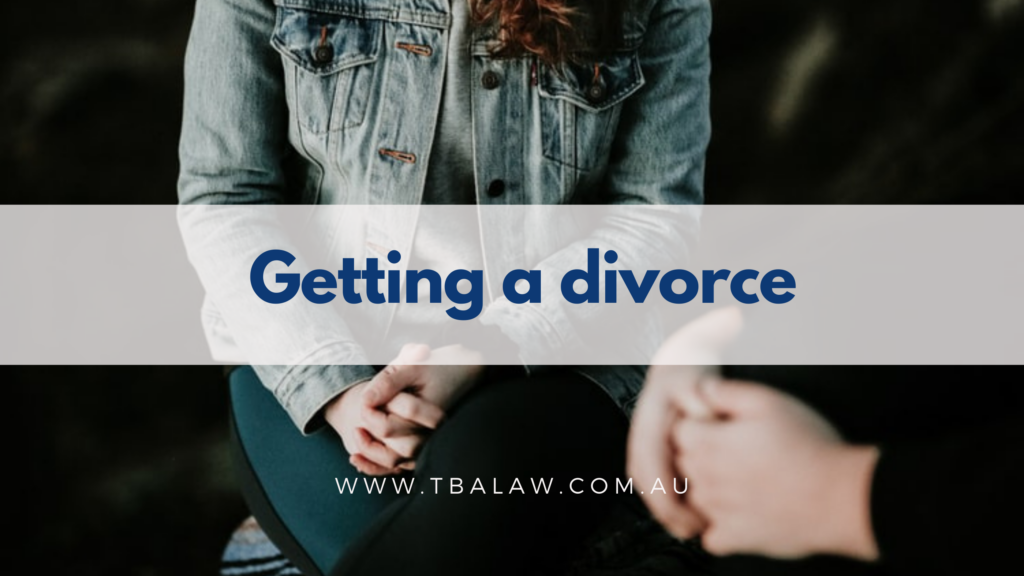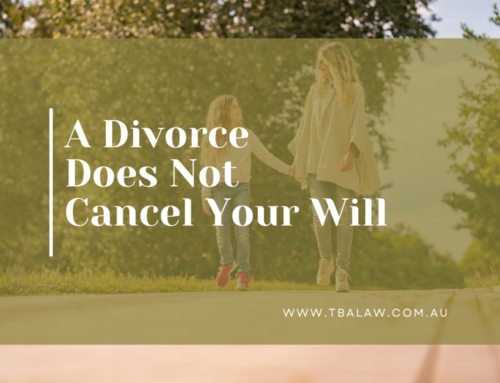How to get a divorce
by Sarah Coombs
The first step to get a divorce is simply to separate from your partner and you do need to agree on what date you’ve decided you’ve separated. This date becomes important because you cannot apply for a divorce until one year after your date of separation.
Once one year has lapsed or if it already has lapsed, you can start the process of actually getting divorced.
Sole or joint application
You need to decide if it is a sole or a joint application to get a divorce. Now the difference between these two things is that if it’s a sole application, that means you are applying on your own. If it’s a joint application, you and your former partner are agreeing to sign the application together and submit it to the court. There are advantages and disadvantages to doing it either way. For example, if there’s a joint application and there are children under the age of 18, you won’t actually need to do the court appearance. Whereas if it’s a sole application and there are children under the age of 18, you do need to do a court appearance.

Another benefit of doing a sole application is if you have a concession card, and the other party does not. So by doing a sole application, you’re entitled to a concession, which is about a $600 saving on the filing fee, as opposed to if you were to do it as a joint party. But obviously, a sole application often can be the only way to do it because you may not be able to contact your ex-spouse.
Supporting documents
Once you have made that decision you can actually fill in the Court application form to get a divorce. It is an online form these days however we can prepare it for you or you can decide to do it yourself, it’s through the electronic platform called CommCourts. Once it’s filled in, you need to add in any other documents that support your application. So for example, this might be your marriage certificate which is normally required. If you were married in a different jurisdiction, if that marriage certificate is in a different language, you’ll be required to provide a translated copy of that document.
You may need to put in proof of citizenship. So if you and your former spouse were born overseas that is often required and potentially you might even need to do an affidavit supporting your application.
If you and your former spouse have lived in the same house still, after your separation, then you will need an affidavit of support. Essentially what the court wants to do is establish that you have in fact separated. If you’re obviously living under one roof, then it’s a bit harder to meet that requirement that you have separated. In the affidavit you would have to say things like:
- you weren’t living as a couple,
- you weren’t perceived as a couple by your friends,
- you kept your finances separate,
- you both paid your bills separately and shopped separately.
Getting a Court date
Now once you’ve signed the documents and submitted the documents, you select a court date to get a divorce hearing. Court dates are always required in all matters, however whether you need to actually attend the court date depends on your circumstances.
At the moment (in 2021) it’s taking about three months to get a court date with the Family Court to have a divorce heard, so it can be quite a lengthy process.
Serving the application
Once it’s signed and submitted and you’ve got that court date, often the next step, if it’s a sole application is to formally arrange service on the other party. So service is essential when you have a document and you give it to someone in a formal manner so the court can be satisfied that they have a copy of it, they know what’s going on and they have no objections or they have an opportunity to provide that objection. After serving your former spouse, you need to file a further affidavit with the Court, confirming that they know about the divorce application because they’ve been served.
What divorce does and does not do
All going well, you will get a divorce certificate one month and one day after the Court date. Women can then change they name back to their maiden name, if they choose, but they don’t have to. You can also get re-married once you’ve divorced.
Divorce does not resolve or separate the assets and finances of a couple, and does not give you any guidance or Court Orders about your children.
If you have more questions or need a bit of specific advice, get in touch with our team at admin@tbalaw.com.au or call 1300 043 103.
WATCH this video to learn more.





Leave A Comment